Images of pirates are deeply entrenched in popular culture. The most universal image is that of a dashing, cutlass-wielding adventurer who defies unworthy enemies against a backdrop of sunlit seas and desert islands. In the popular imagination, the instantly recognizable features of pirate life include such things as skull-and-crossbones flags, eyepatches, buried treasure, pieces-of-eight and walking the plank, but the reality was far from romantic. Most pirates were greedy, treacherous robbers who preyed indiscriminately on defenceless merchant vessels. Violence was a way of life, and some took pleasure torturing or killing prisoners.
There have been pirates for as long as men have sailed the oceans. Their victims have ranged from the sea traders of ancient Greece and Rome to Spanish treasure galleons and East Indiamen laden with the riches of the Indian sub-continent. Few pirates made their fortune: most faced lives of extreme hardship and danger that ended prematurely in disease, drowning, murder or even execution.
Nonetheless, pirates have always appealed to the imagination. A few individuals, such as Sir Henry Morgan, Blackbeard, Captain Kidd and the women pirates Anne Bonny and Mary Read, have entered legend and the real facts of their lives have been forgotten. This book aims to reveal the truth behind the popular image.
TYPES OF PIRATES
The word pirate describes any person who seeks plunder on the high seas, illegally attacking shipping of any nationality. The term includes the following sub-categories.
Privateers
A privateer (or privateersman) was a pirate who (like Captain Kidd) held a letter of marque which licensed him to attack the ships of a national enemy during wartime.
Buccaneers
A buccaneer was a pirate of the seventeenth century who attacked Spanish shipping and possessions in the Caribbean. Famous English buccaneers included Sir Henry Morgan.
Corsairs
A corsair was a privateer or pirate who attacked shipping in the Mediterranean. Most feared of all were the Barbary corsairs of north Africa.
Pirates have roamed the seas of the world since ancient times. Generations of peaceful seafarers have learned to dread the appearance of pirates, and piracy itself has long been one of the most colourful threads running through maritime history.
Viking longboats
These Scandinavian sea raiders were also intrepid sailors, navigating the Atlantic Ocean and venturing as far afield as the Mediterranean, Greenland and probably even North America in their sleek, square-sailed boats.
The earliest records of piracy go back thousands of years. Seafarers in the Mediterranean were falling victim to pirates even before the emergence of the ancient Egyptian civilization. Pirates continued to plague the Mycenean, Minoan, Phoenician, Greek and Carthaginian civilizations until they were suppressed by the Romans in the first century BC.
Piracy in the Mediterranean re-emerged during the period of the Byzantine Empire. The waters of northern Europe, meanwhile, were terrorized by Saxon and then Viking warrior-pirates. Maritime trade became busier in the medieval period, and with it came an increase in piracy. Islamic corsairs sailing out of the Barbary coast roamed the Mediterranean, while privateers were employed by various European monarchs.
SWASHBUCKLERS
The treasure ships carrying the wealth of the New World to Spain inspired an explosion in piracy in the so-called Spanish Main in the sixteenth century. This was the era of the swashbuckling privateers, buccaneers and English sea dogs, whose adventures became the stuff of legend.
The Golden Age of piracy, however, opened late in the seventeenth century, when pirates such as Blackbeard terrorized the Caribbean and Indian Oceans under the skull-and-crossbones flag, earning fearsome reputations for cruelty and greed. Although most of them were dead within 20 years, they are still remembered in the popular image of the historical pirate, complete with cutlass, eyepatch and chest of buried treasure. The daring of the French corsairs added to the romantic image of pirates, as did the bravado of American privateers like John Paul Jones during the American Revolution and the War of 1812.
PIRATES OF THE FAR EAST
Few pirates were as vicious as those who swarmed the South China Sea and the Indonesian archipelago in the eighteenth and nineteenth centuries. Pirate junks dominated sea lanes, and the power of the pirate chiefs rivalled that of the Chinese emperors themselves.
Piracy today
Piracy was curtailed in the mid-nineteenth century, but has never disappeared completely. Even today reports come in of acts of piracy off Africa and in the South China Sea.
The so-called Sea Peoples were a loosely-linked confederation of piratical tribes who dominated the eastern Mediterranean around 1200 BC. Although little is known in detail about them beyond mentions in the hieroglyphics of Egyptian temples, it appears that they were nomadic and came originally from various parts of Asia Minor and elsewhere in the Mediterranean region. They probably included the feared Lukkan sea raiders, who had plagued coastal trade routes in the Mediterranean since the fourteenth century BC, making the trading ships of ancient Egypt a particular target.
LORDS OF THE MEDITERRANEAN
These early pirates used highly manoeuvrable and fast oared galleys and made trade between early civilizations in the Mediterranean a perilous business. No trading vessel sailing in the Mediterranean or in the Persian Gulf was safe from interference.
The Sea Peoples appear to have forged alliances with Egypts enemies from time to time and the Egyptians fought pitched battles with them on at least one occasion (off the Nile Delta in 1186 BC). At the height of their power they commanded the whole of the eastern Mediterranean, attacking shipping and conducting coastal raids. Major cities and even entire regions fell under their control. After their defeat by the Egyptians most of the Sea Peoples appear to have settled in Palestine and turned to farming, possibly becoming the ancestors of the Phoenicians.
The influence of the Sea Peoples is thought to have had a significant effect in slowing the development of ancient civilization in the Mediterranean region.

This engraving shows an early sailing vessel, complete with sails and oarsmen.
Pirates were a threat to shipping in the eastern Mediterranean throughout the period of the Ancient Greeks. Several Greek city-states, including those of the fourth-century BC Aetolian League, adopted piracy to protect their trade against their neighbours, allowing pirates to establish lairs in their territory. Others built up fleets to suppress the pirates who attacked their ships.




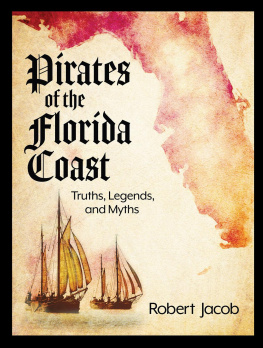

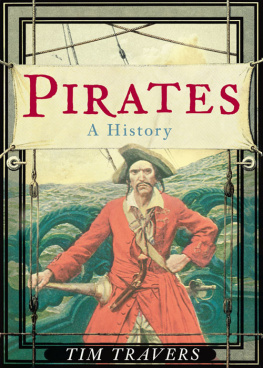
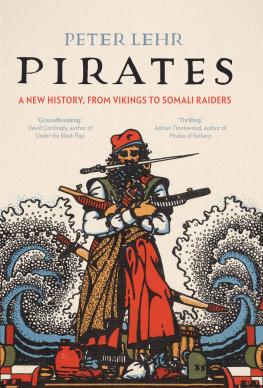

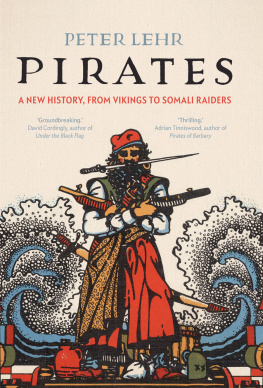
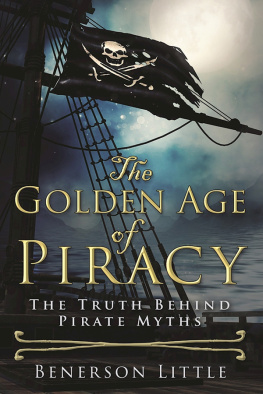
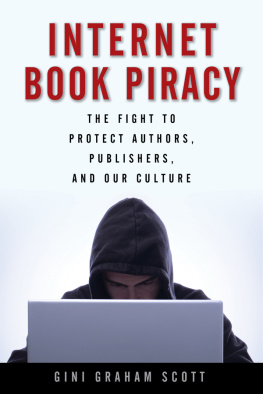
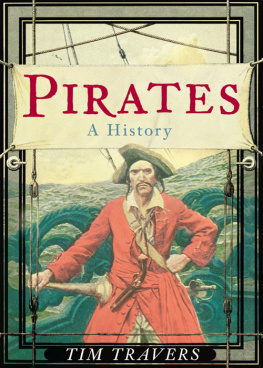


 This engraving shows an early sailing vessel, complete with sails and oarsmen.
This engraving shows an early sailing vessel, complete with sails and oarsmen.
